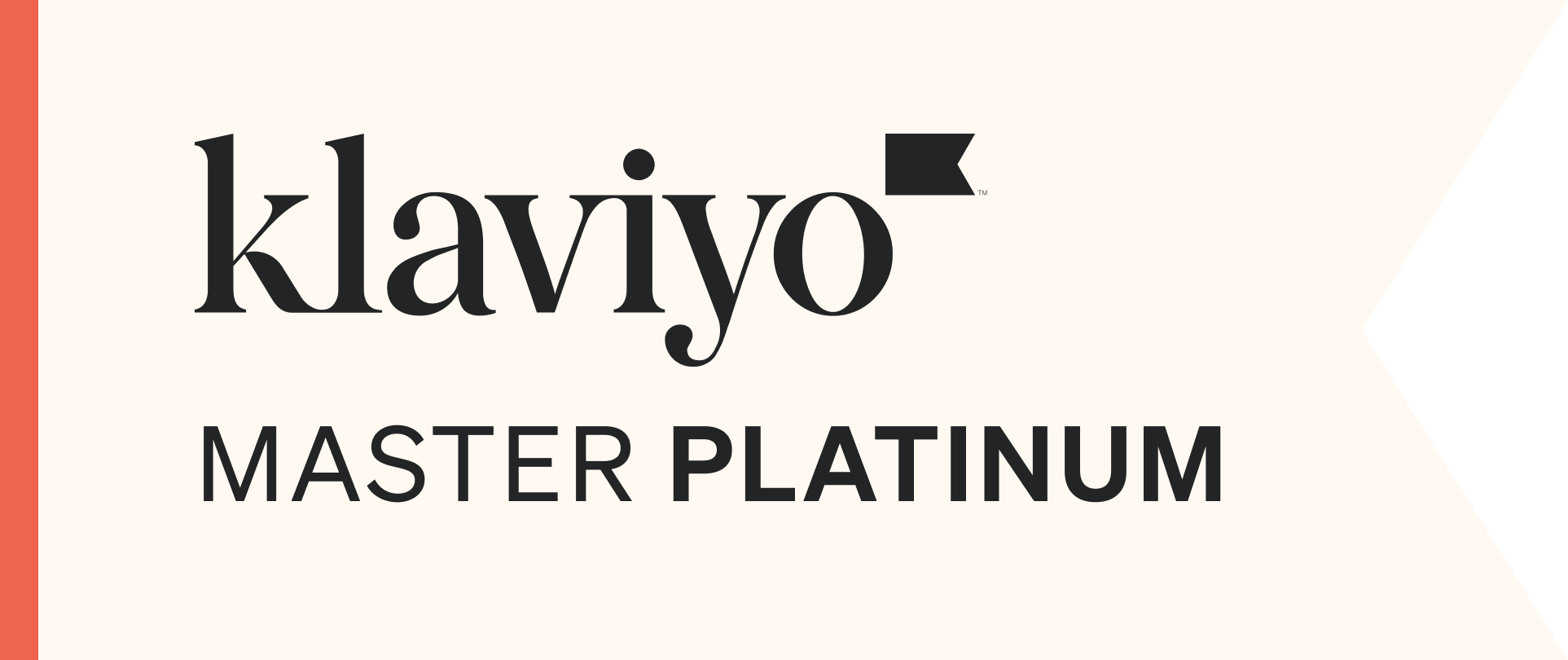By Alan Coleman on 13 Aug 2012
You’re probably familiar with how Google AdWords allows us to track conversions. These conversions might be a sale on an e-commerce website or an enquiry submitted through a contact us form. Essentially, any action carried out by a website user that you consider valuable can be classed as a conversion. Conversion tracking is a great feature because it allows us to measure the elements of your AdWords campaign that generate the most sales or enquiries and optimise the account accordingly. BUT…..this is really only the tip of the iceberg in terms of the true value of AdWords conversions.
The graph below illustrates how long the average consumer can take to make a purchase for several product categories. Try not to get hung up on the fact that it apparently takes consumers 3 times longer to buy an item of clothing then it does to take out a loan, this isn’t why I included the graph.
Source: Google/Nielsen ‘Beyond Last Click' whitepaper covering the UK market published 2011 The purpose of the graph is to highlight the time lag between a consumer visiting your website and actually going ahead and making a purchase. Over this time it would be pretty common for the procrastinating consumer to visit your website several times. How the consumer gets to your site might change over the course of this time. For example, a common consumer journey may be to initially discover your website through AdWords and then re-navigate to your website over time either through organic search or directly, or perhaps both. The Google Analytics snapshot below from one of our managed accounts illustrates this point quite nicely. Over a 3 week period it shows that paid search (ie AdWords) was the first customer interaction in 10 sales. 
The first row of this snapshot tells us that 4 sales occurred from a customer initially clicking on an AdWords ad and then revisiting the site directly to make the purchase. The third row tells us that the customer’s journey was slightly longer for two sales. The customer discovers the website or product through AdWords and then visits the site directly 4 times before making the purchase.
So, although these 10 sales won’t be recorded as AdWords conversions within the Google Analytics account, AdWords clearly performed an important role and was crucial in ensuring the customer discovered this particular website. We refer to these sales as ‘assisted conversions’, in that AdWords assisted in the sale. You could argue that in the case above AdWords did more than just assist these conversions, but let’s save that argument for another blog post.
Wrap it up, you’re losing me!
By digging a bit deeper into your AdWords and Analytics account, we start to understand the true value that your paid search campaign is having on your sales. As well as generating sales, AdWords is assisting sales over the e-shop!
By Brendan




.png)
.png)







_2025.png)

